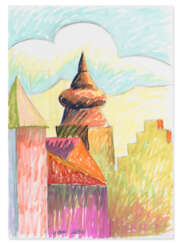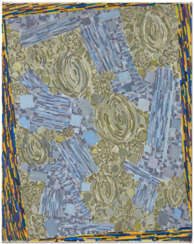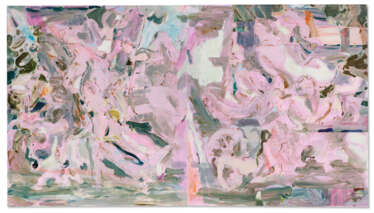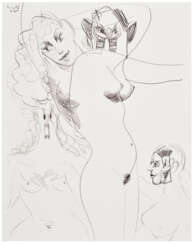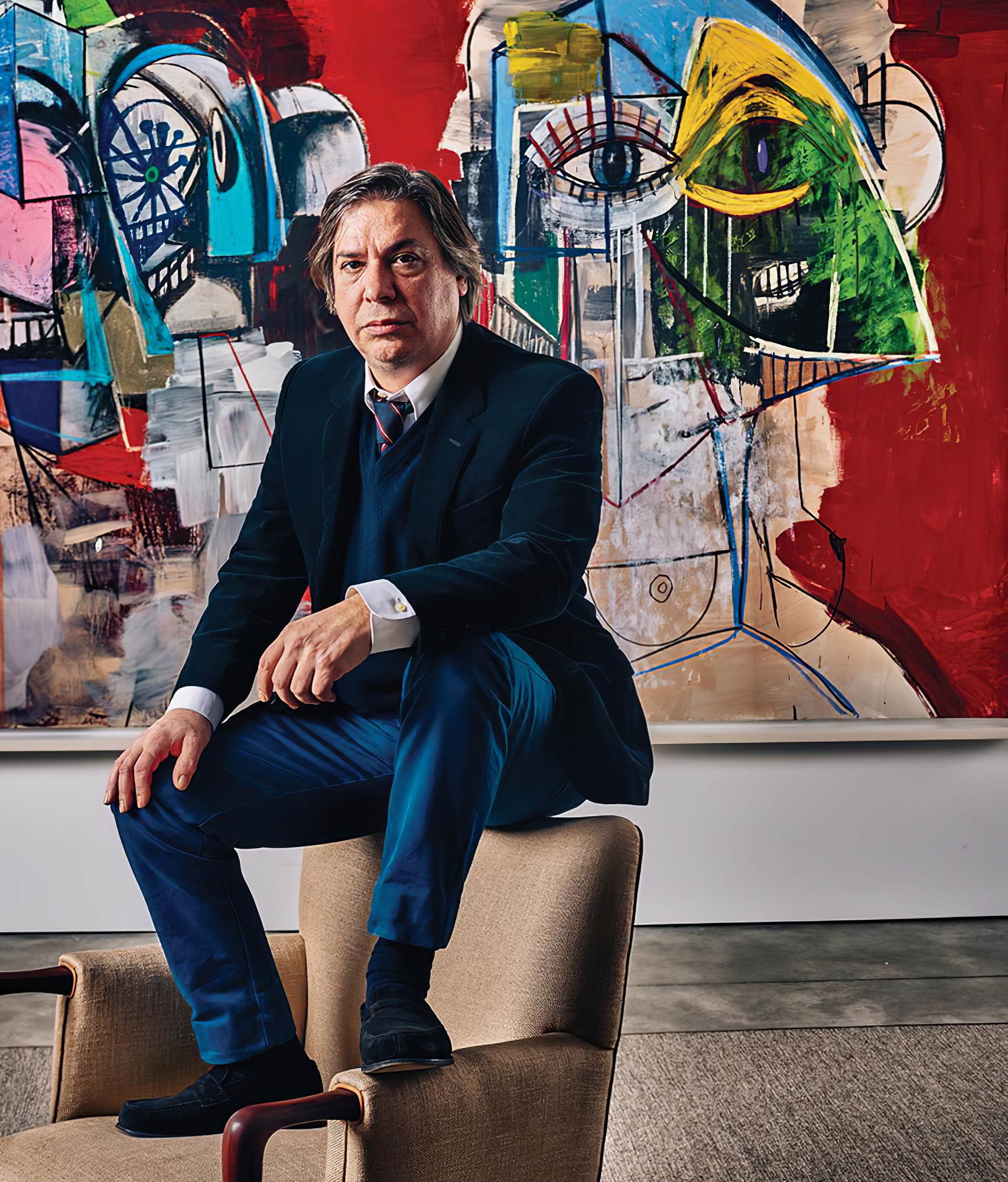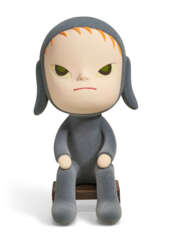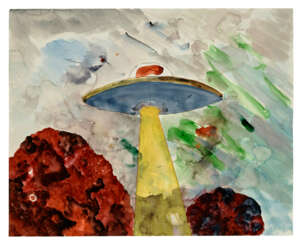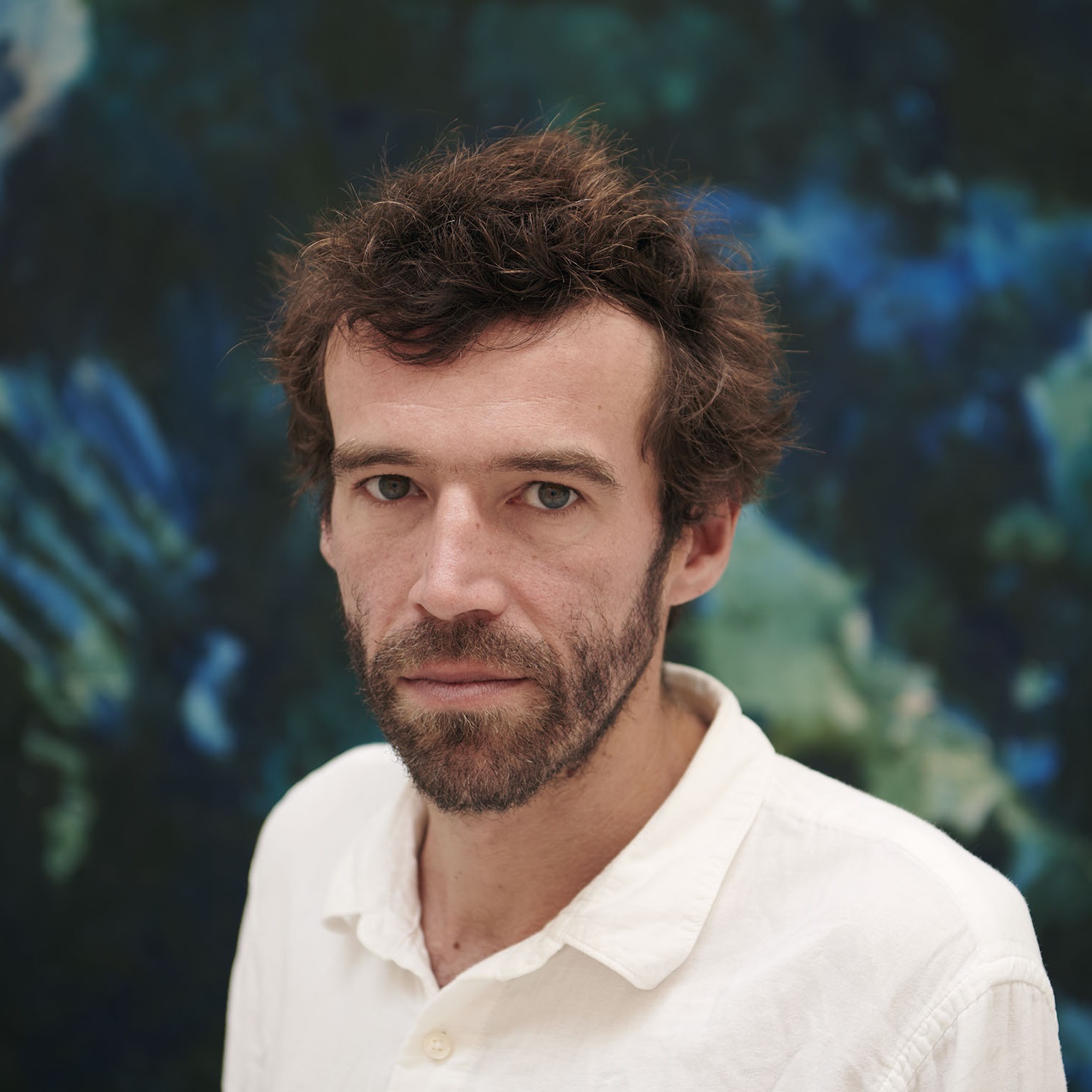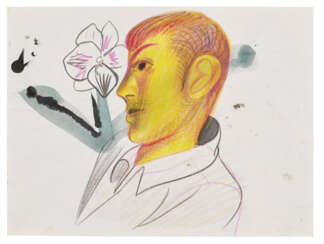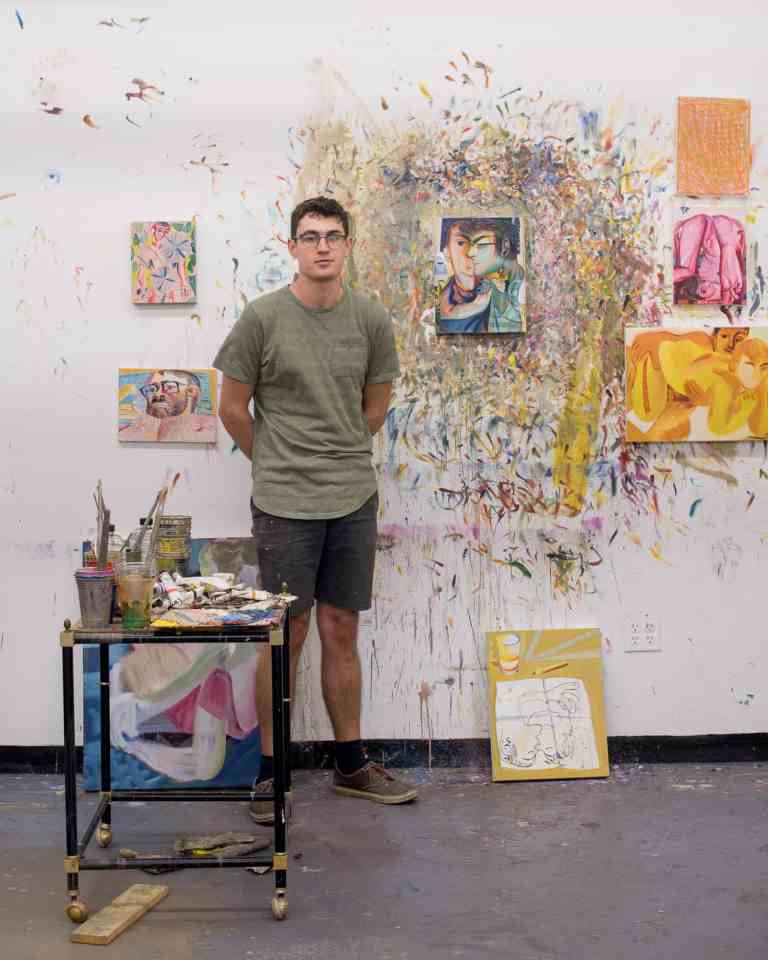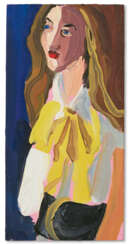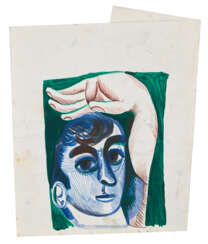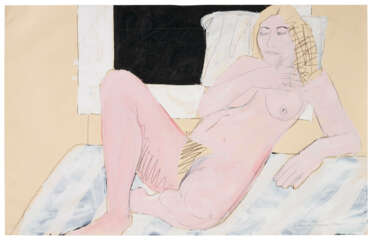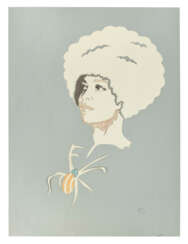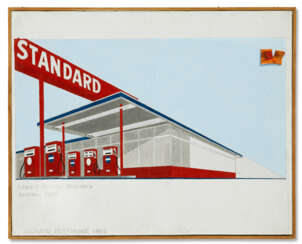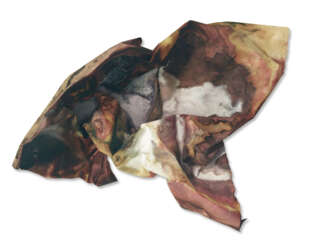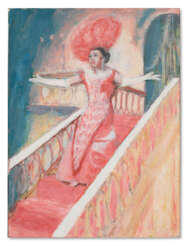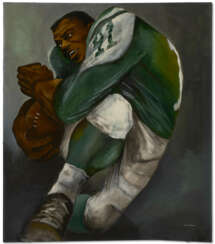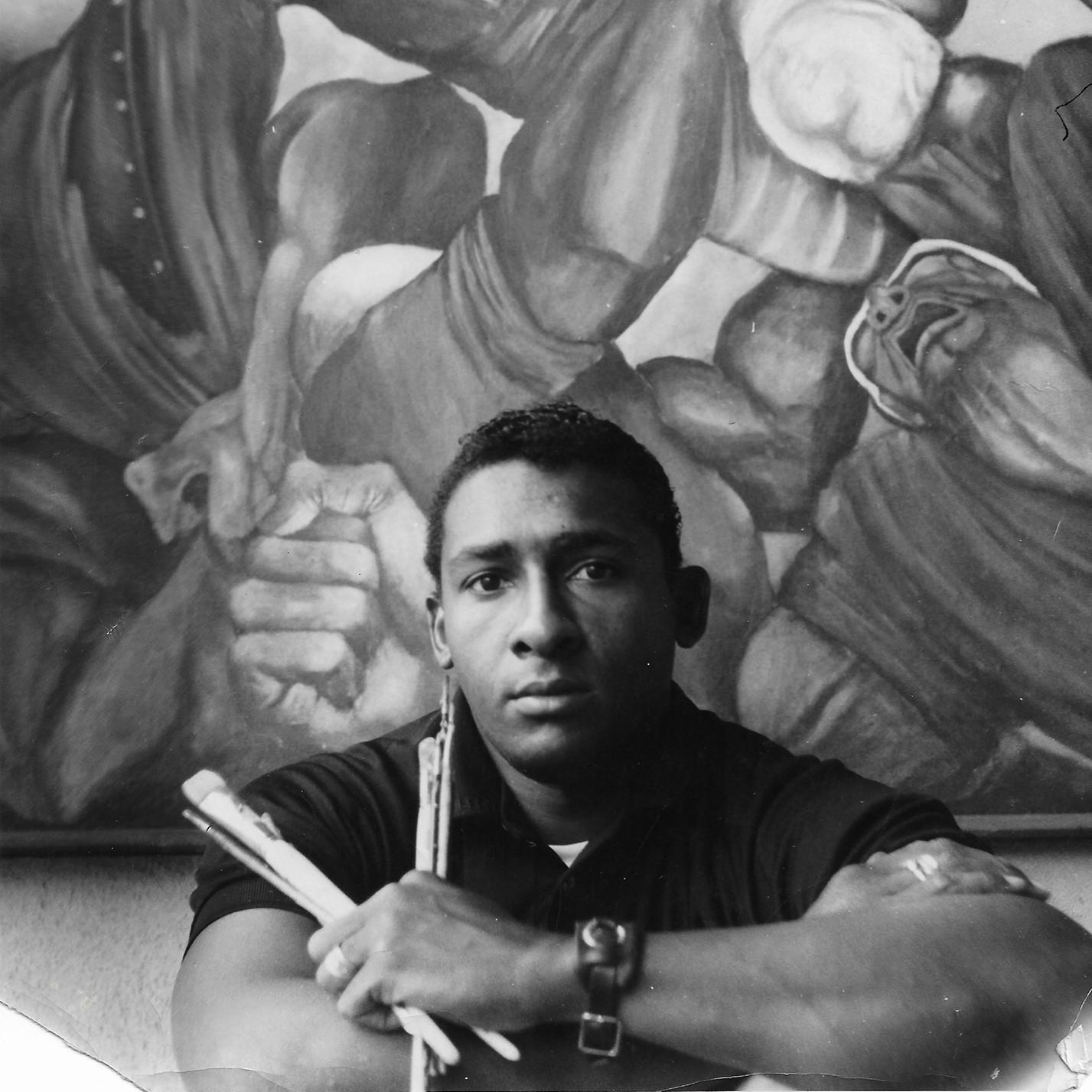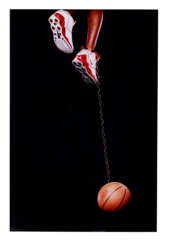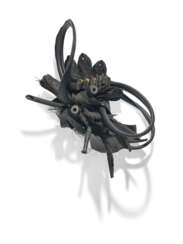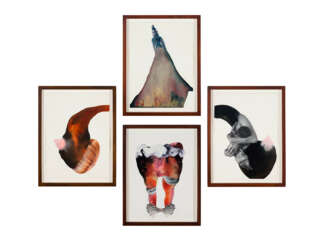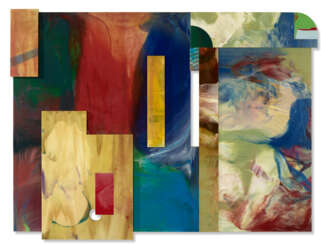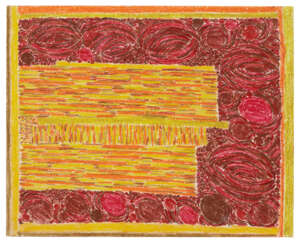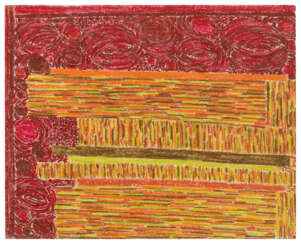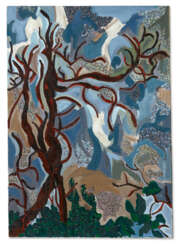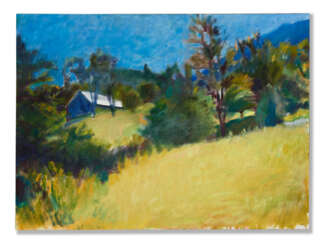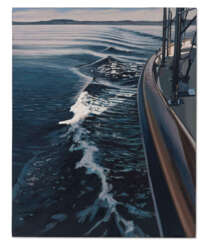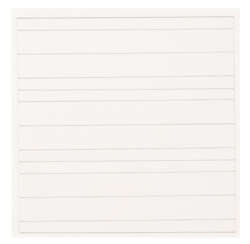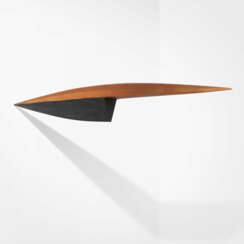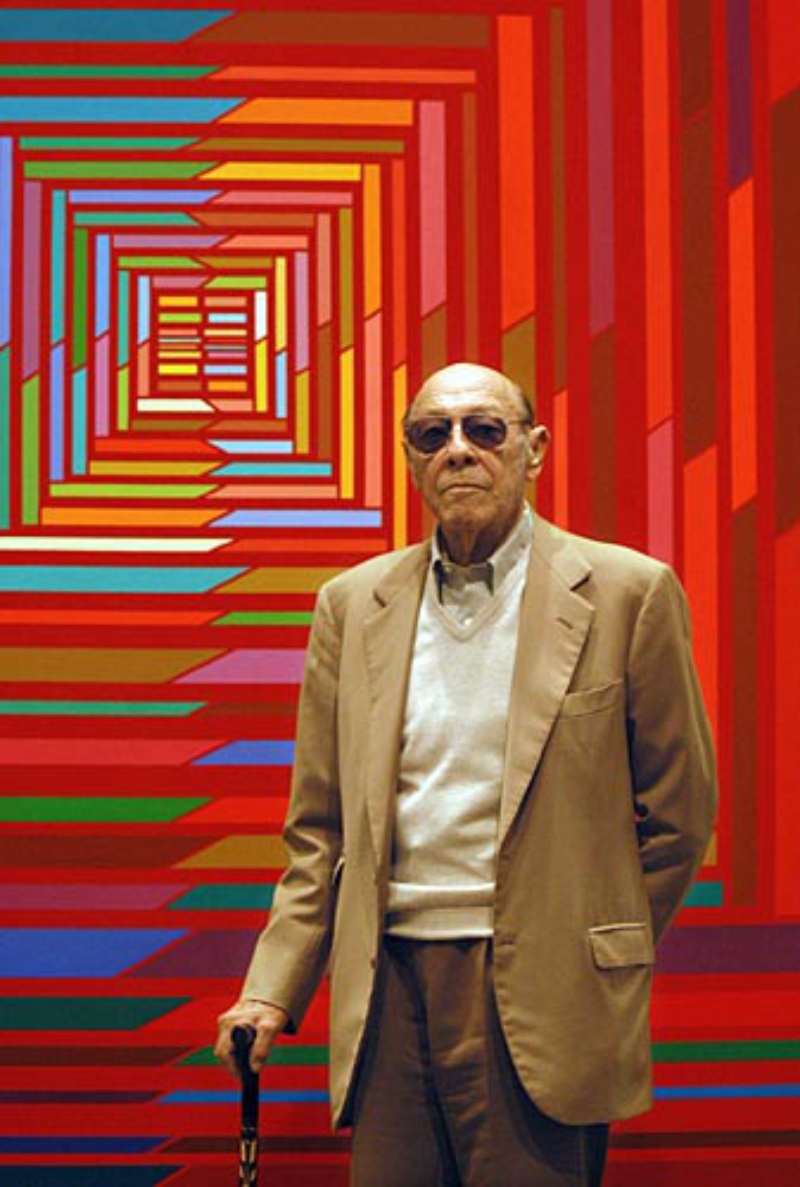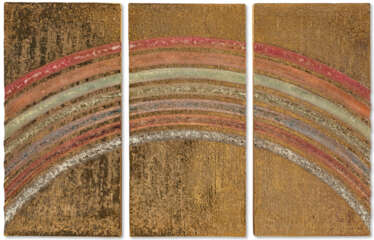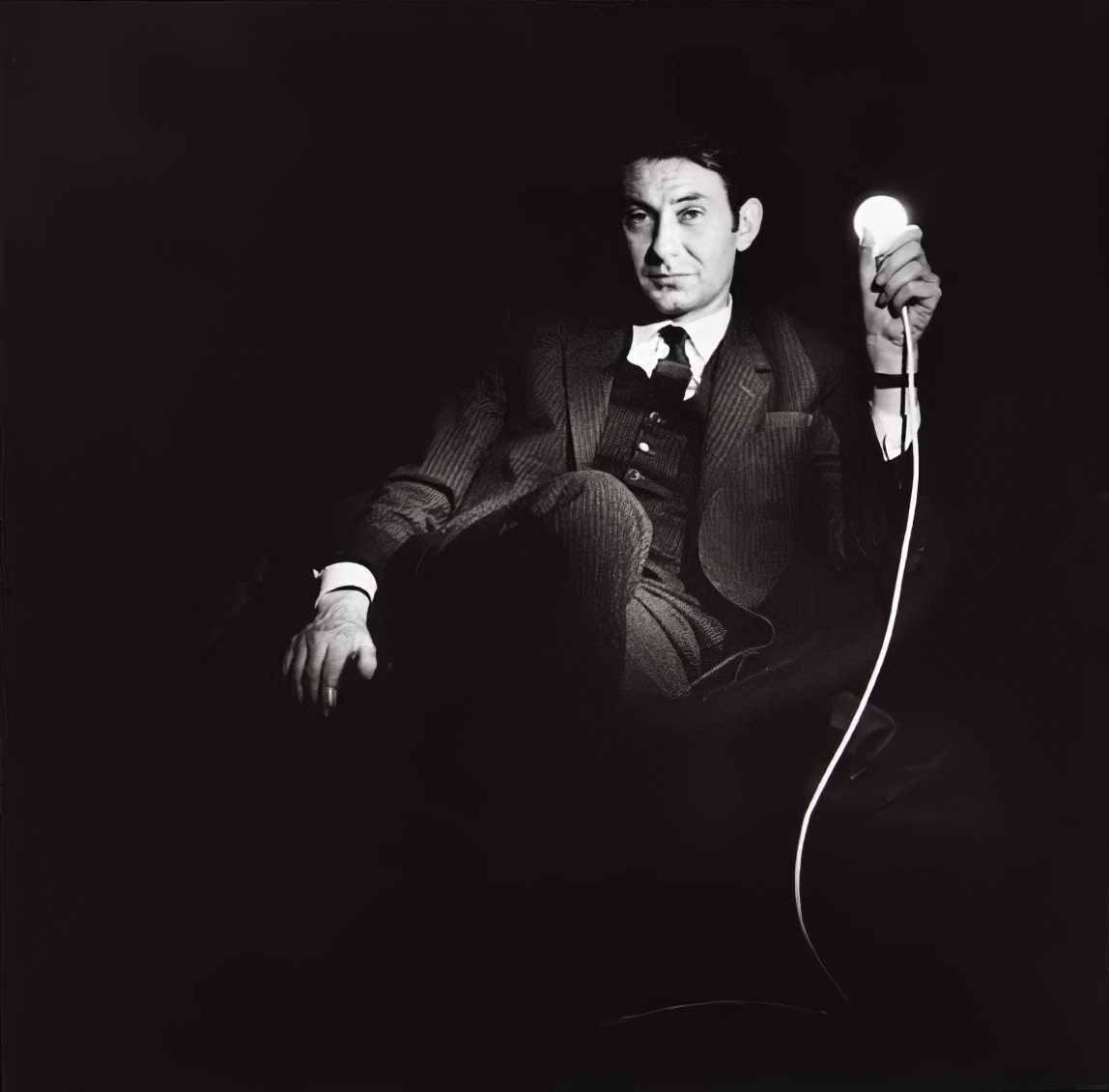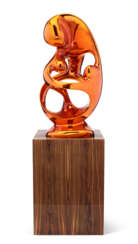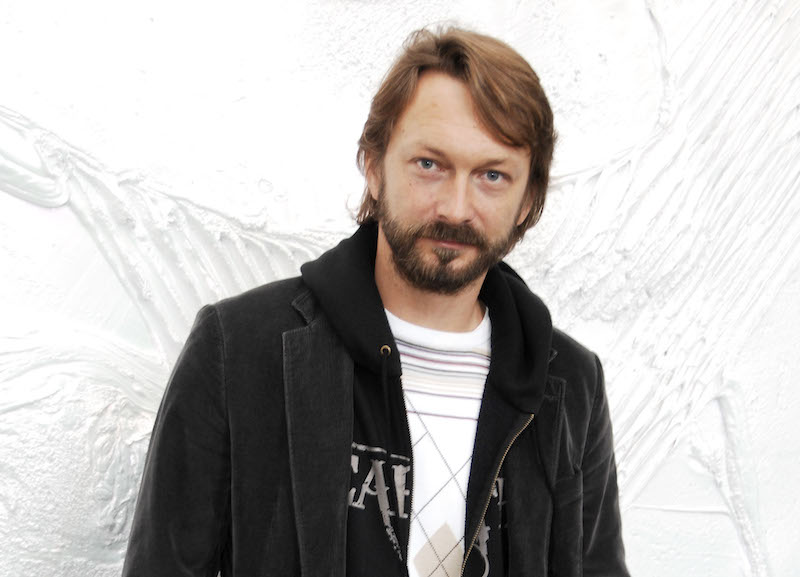
First Open | Post-War & Contemporary Art
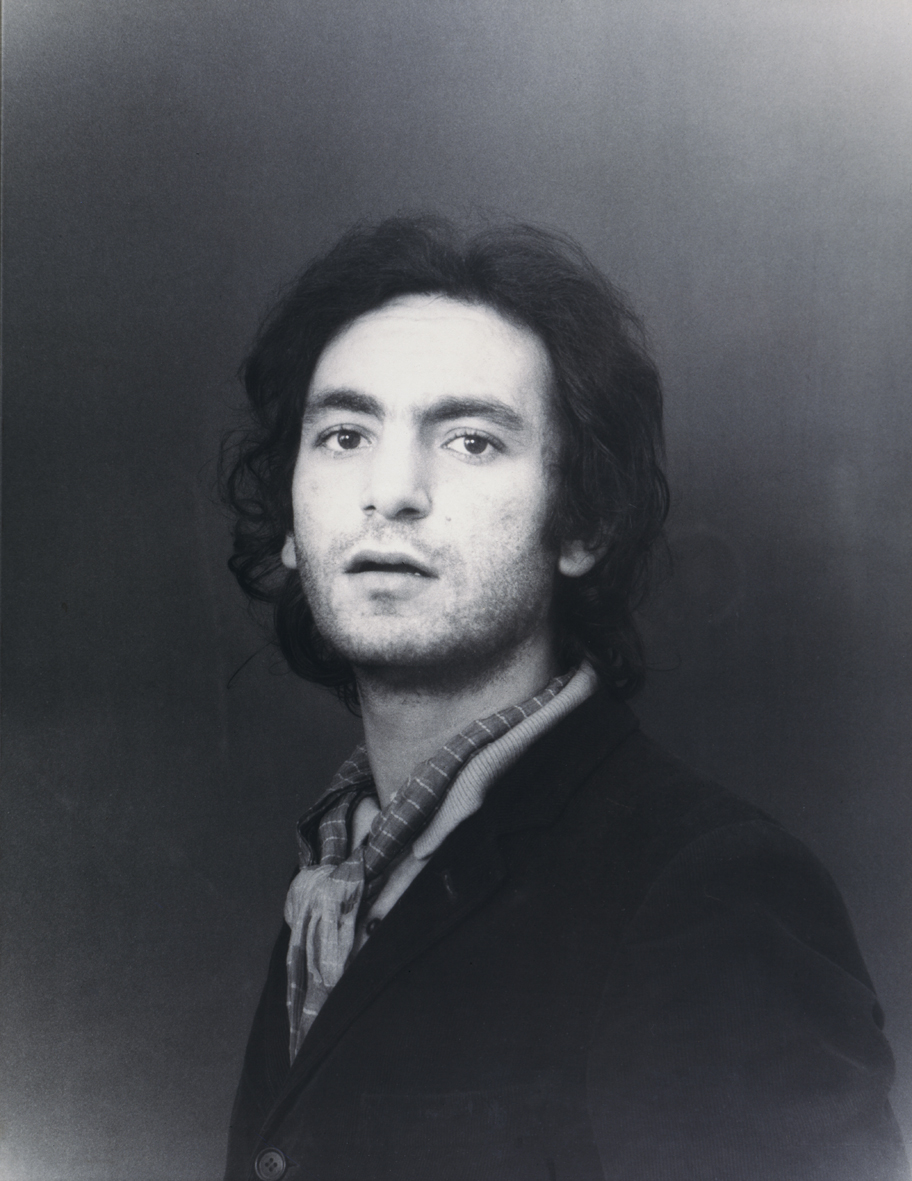
Salvo, real name Salvatore Mangione, was an Italian painter and sculptor who lived and worked in Turin.
He is known for his landscapes and still-lifes painted in vivid colors. Salvo also worked with marble, carving inscriptions on it.
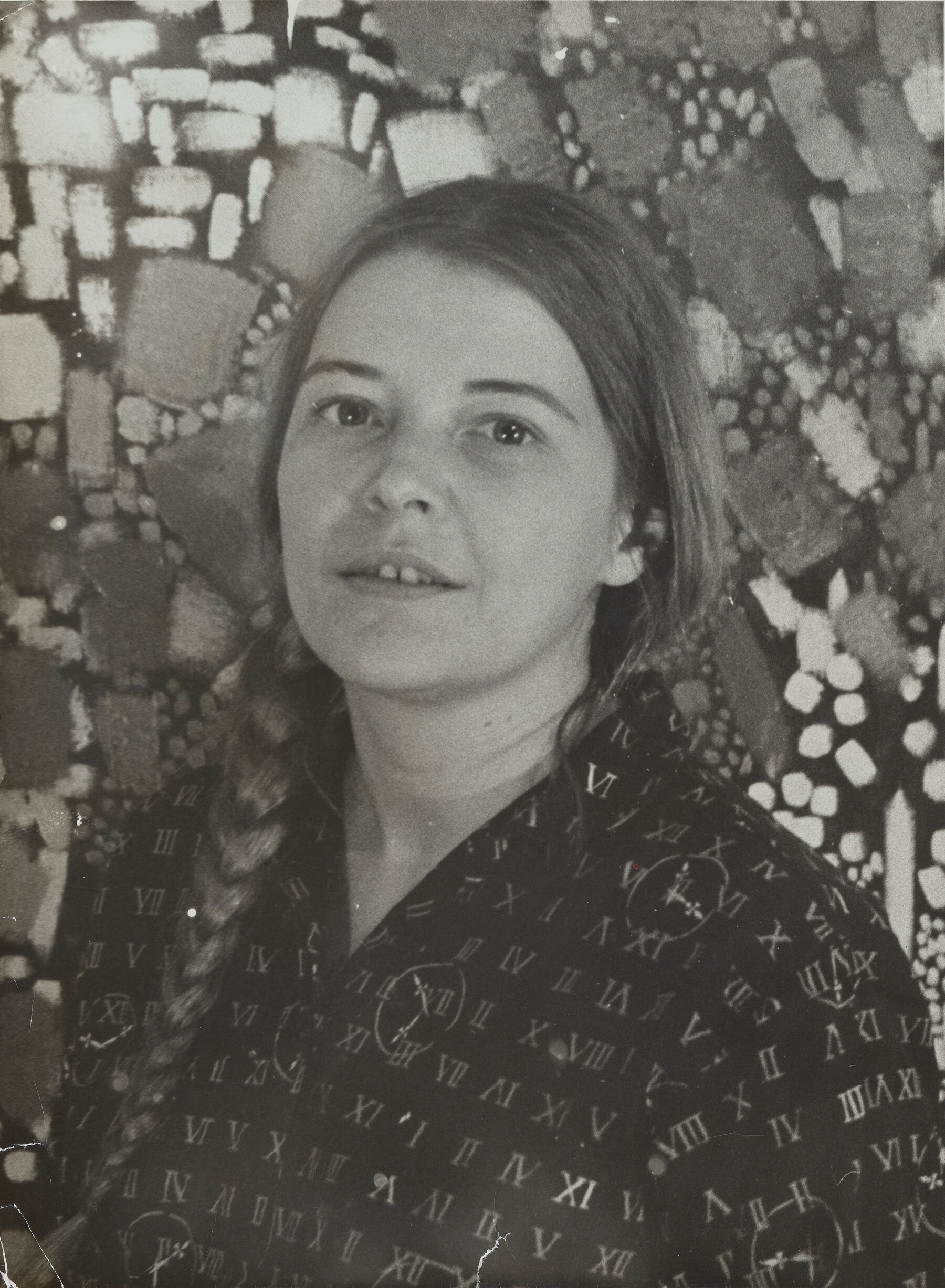
Lynne Mapp Drexler was an American abstract and representational artist, painter and photographer.
In the late 1950s, she was an abstract expressionist and was "counted among an important group of women artists whose figural and landscape works were often overlooked during the heyday of post-abstract expressionist modernism — artists such as Jane Freilicher, Lois Dodd, and Jane Wilson."
She would often go to opera and symphony performances with a sketchpad and colored crayons in hand to make sketches inspired by the music.
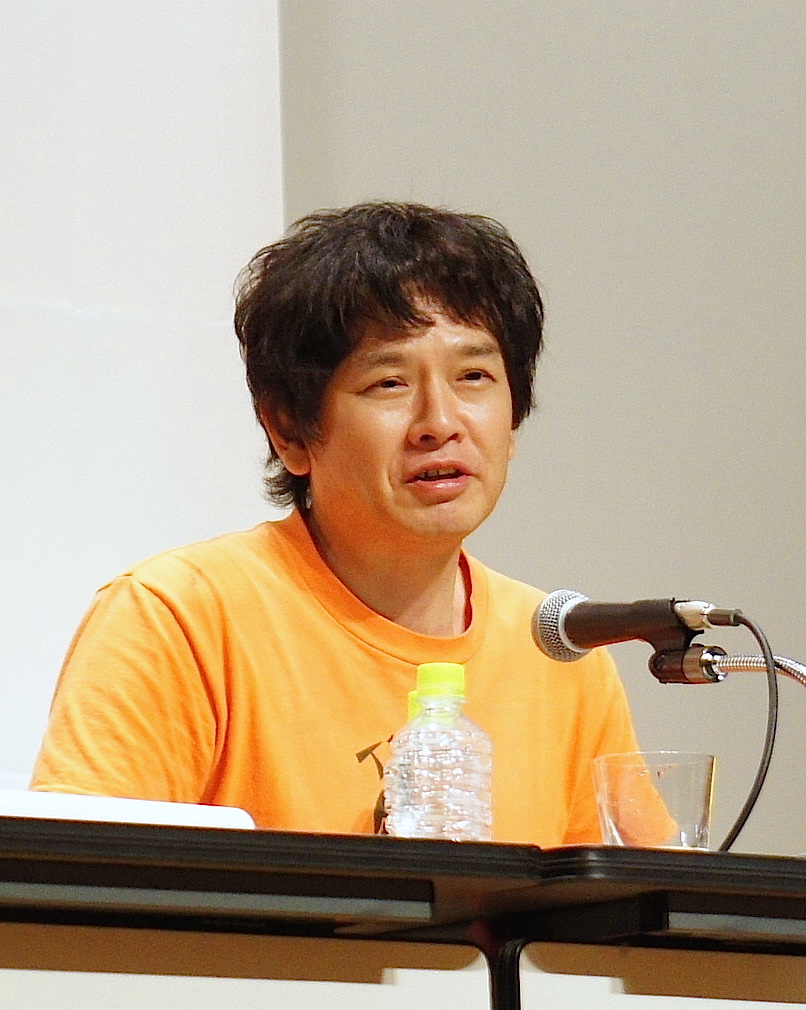
Yoshitomo Nara is a Japanese artist. He lives and works in Nasushiobara, Tochigi Prefecture, though his artwork has been exhibited worldwide. Nara has had nearly 40 solo exhibitions since 1984. His art work has been housed at the MoMA and the Los Angeles County Museum of Art (LACMA).
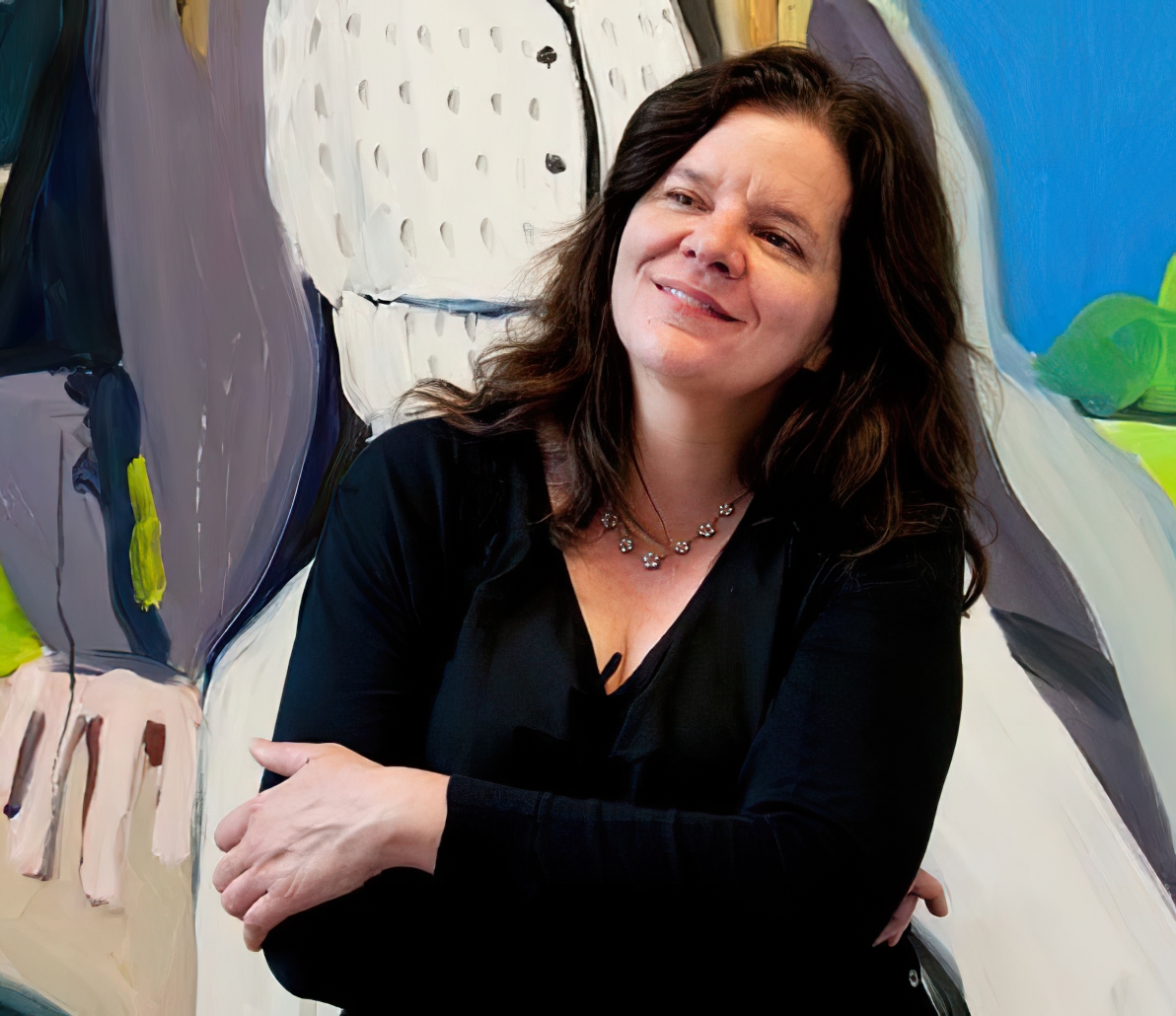
Chantal Joffe is an American-born English artist based in London. Her often large-scale paintings generally depict women and children. In 2006, she received the prestigious Charles Wollaston Award from the Royal Academy.
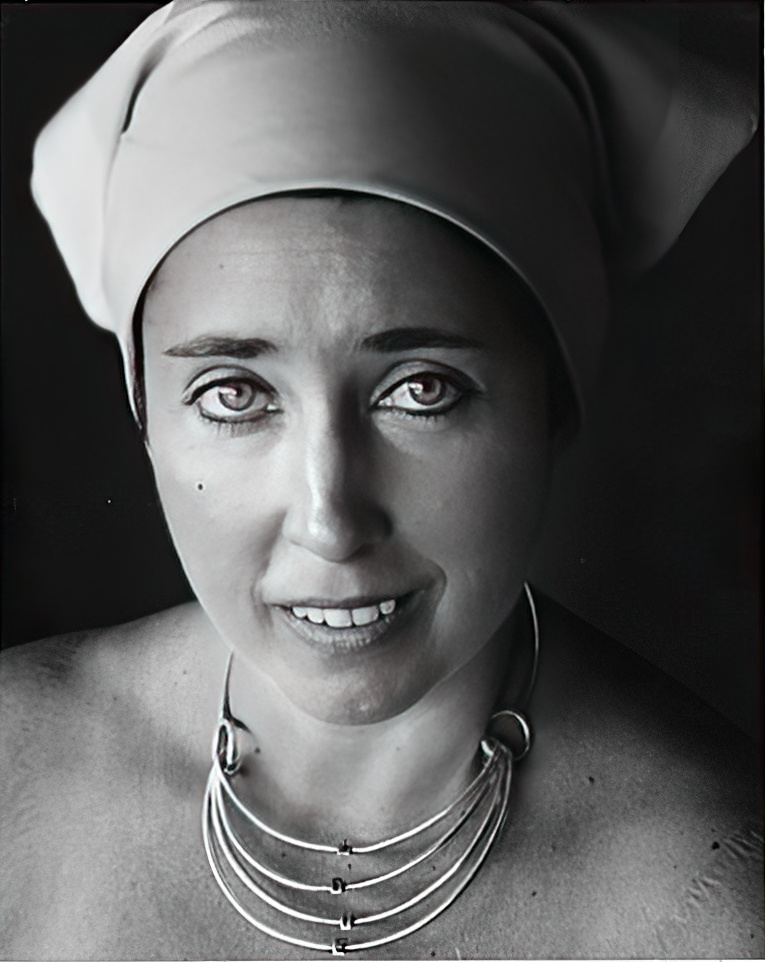
Joan Brown was an American artist from Northern California. She was part of the second generation of the Bay Area Figurative Movement.
Brown became known for her figurative paintings that combined bright colors, sometimes caricatured drawings, and personal symbolism.
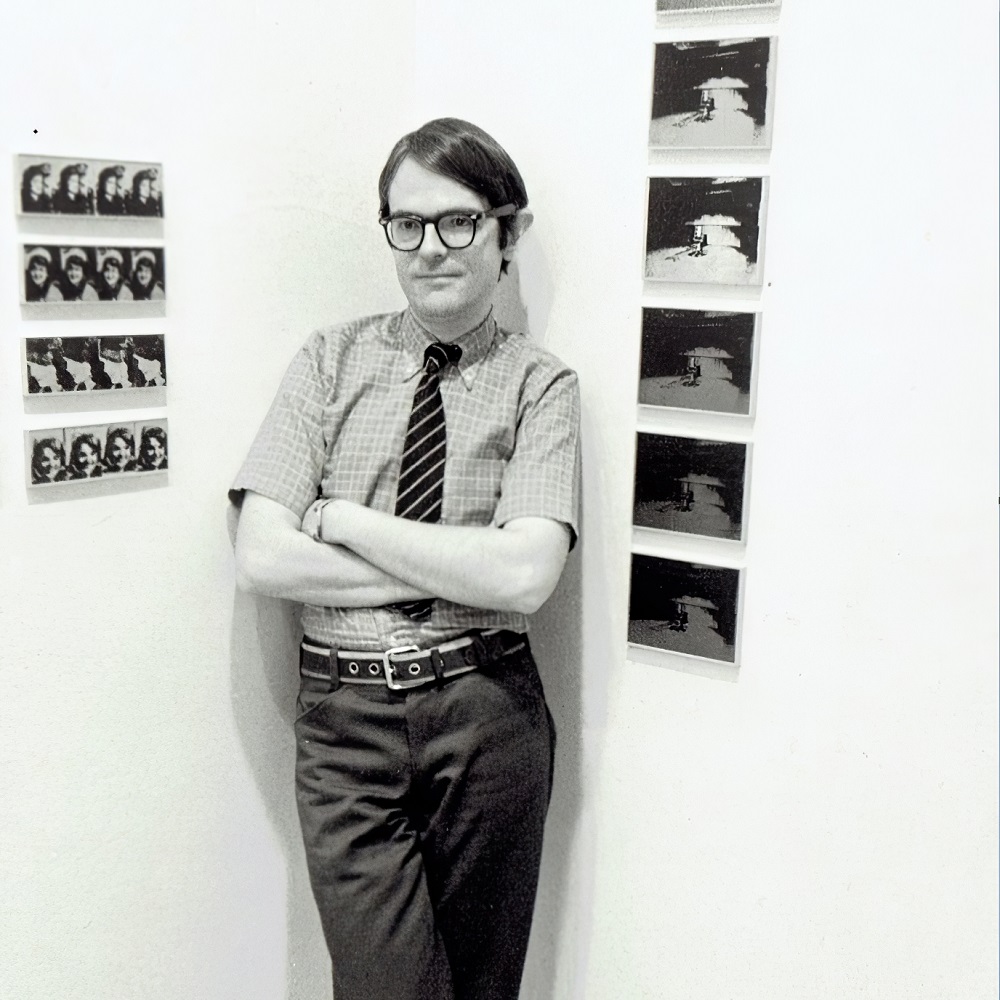
Richard Pettibone is an American painter, sculptor, graphic artist and illustrator. He created replicas of the works of pop art artists such as Andy Warhol, Roy Lichtenstein and Ed Rusch. Reproduced works by leading avant-garde artists Marcel Duchamp and Constantin Brancusi.
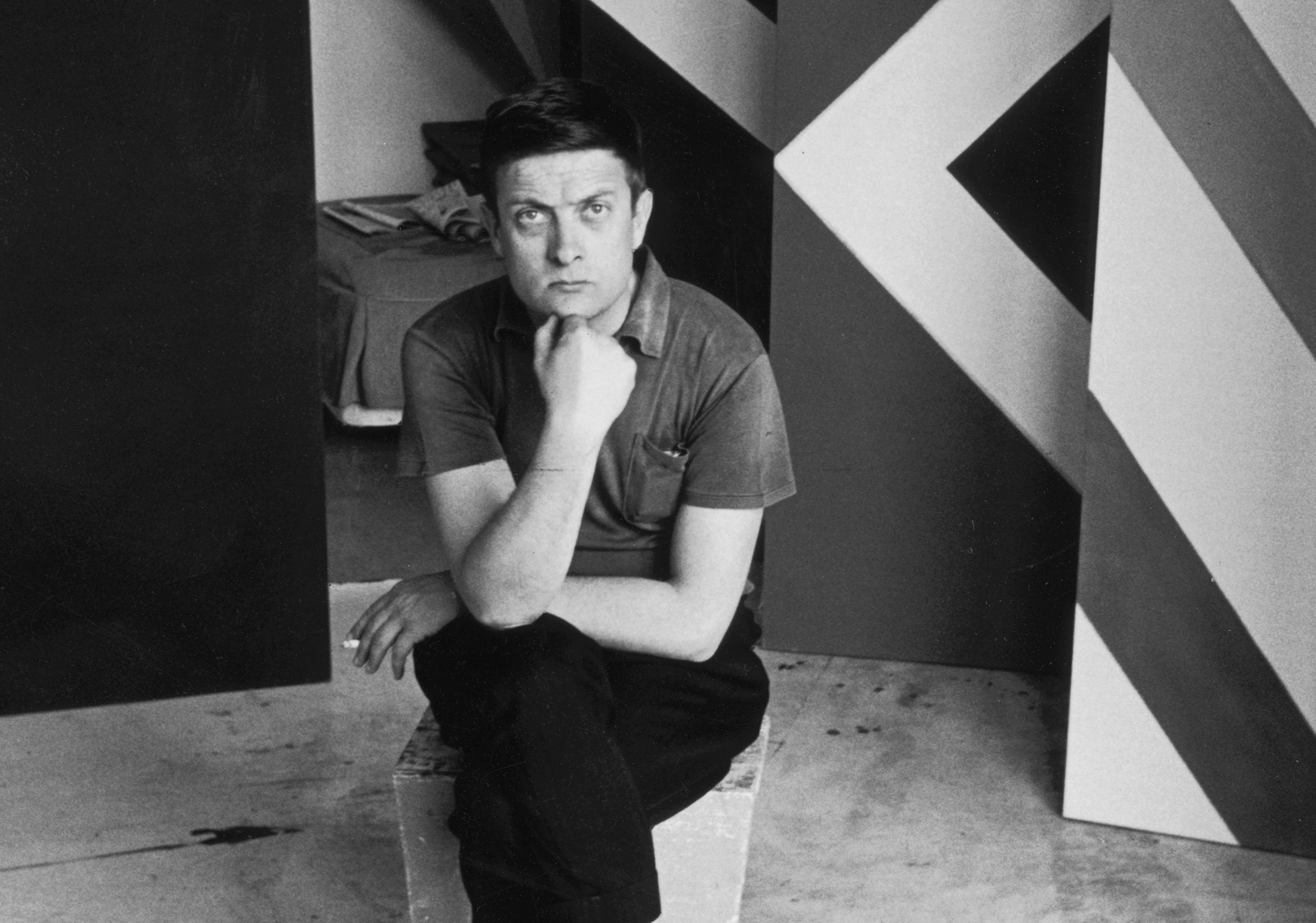
Kenneth Noland was an American painter, renowned for his pivotal role in the Color Field movement and his minimalist approach to art. Born in 1924, Noland's exploration of color and shape earned him a place among the most influential post-war American artists. His work is celebrated for its innovation in abstract painting, where he moved away from the gestural brushwork of Abstract Expressionism to a more structured, geometric form.
Noland's journey into the art world was nurtured by his "Sunday painter" father and propelled by his studies at Black Mountain College. There, luminaries like Josef Albers introduced him to the principles of color theory that became central to his practice. His iconic "Targets" series, featuring concentric circles on square canvases, showcased his fascination with the interaction of colors and their impact on the observer.
His pieces, often large-scale canvases, feature bold color blocks and striking patterns, which are housed in prestigious institutions worldwide, such as the Guggenheim Museum and the Tate. His chevron series, characterized by their V-like patterns, stand out as a testament to his minimalist yet powerful style, cementing his legacy in the realms of painting, art, and culture.
For collectors and art and antiques experts, Noland's works represent a transformative period in modern art, where simplicity and color spoke as loudly as the subject matter once did. His works are not just paintings; they are experiences crafted through the meticulous balance of form and hue.
If you're looking to stay informed on sales and auction events related to Kenneth Noland's transformative works, sign up for updates. Rest assured, our communications will focus solely on new product sales and auction events relevant to your interests.
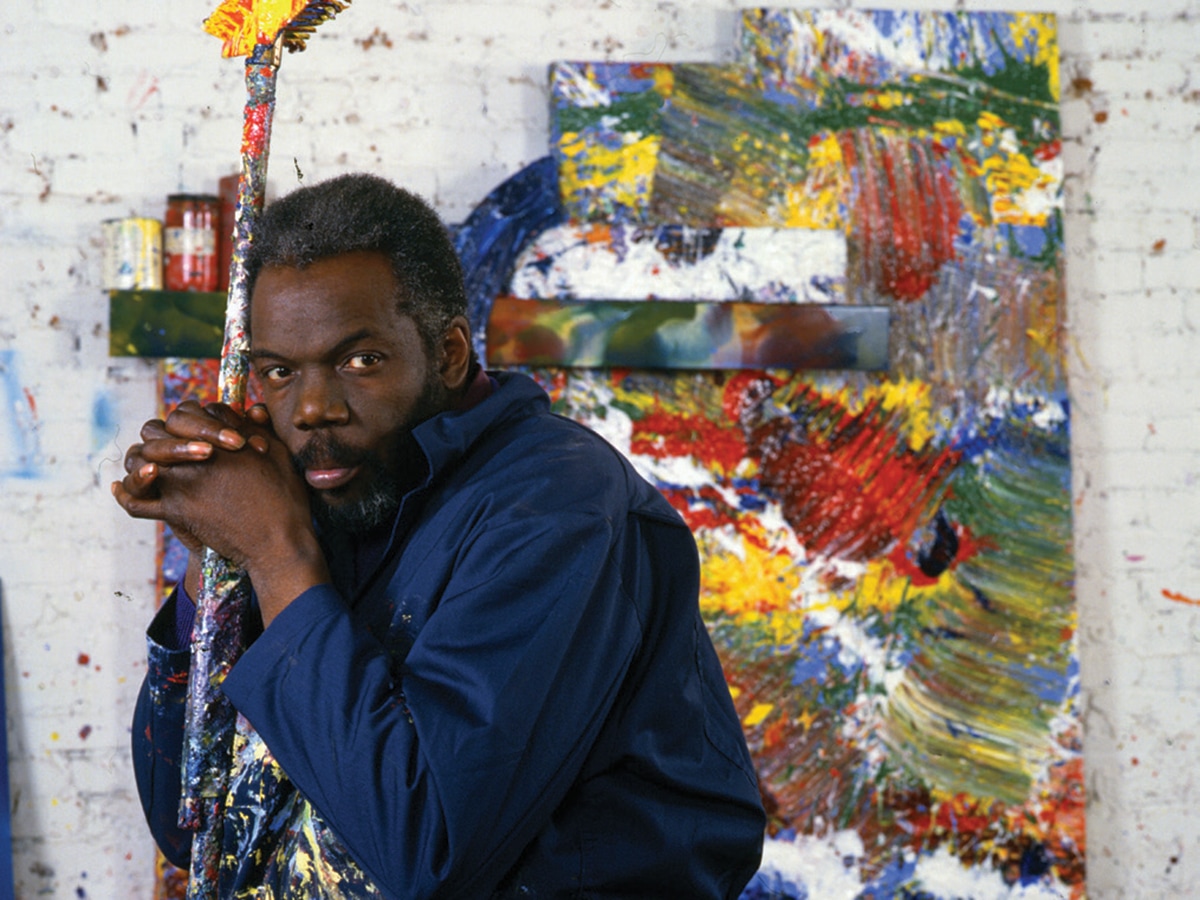
Sam Gilliam was an American color field painter and lyrical abstractionist artist. Gilliam was associated with the Washington Color School, a group of Washington, D.C.-area artists that developed a form of abstract art from color field painting in the 1950s and 1960s. His works have also been described as belonging to abstract expressionism and lyrical abstraction. He worked on stretched, draped and wrapped canvas, and added sculptural 3D elements. He was recognized as the first artist to introduce the idea of a draped, painted canvas hanging without stretcher bars around 1965.
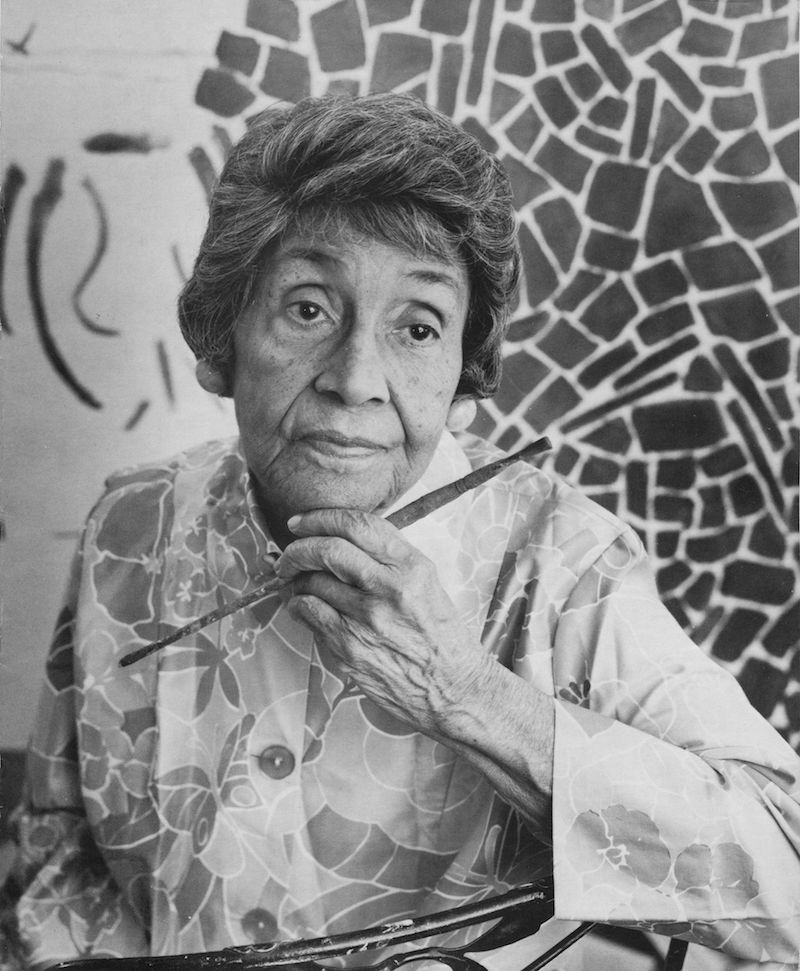
Alma Woodsey Thomas was a twentieth-century American artist. She is known as a painter and educator, a member of the Harlem Renaissance African American cultural movement.
Alma Thomas rose to fame as an artist after her retirement after a 35-year career teaching high school art in Washington, DC. She created colorful abstract paintings. The artist's technique was to draw thin pencil lines on canvas to create shapes and patterns and then fill the canvas with paint. Thomas' later work has been compared by critics to West African paintings and Byzantine mosaics.
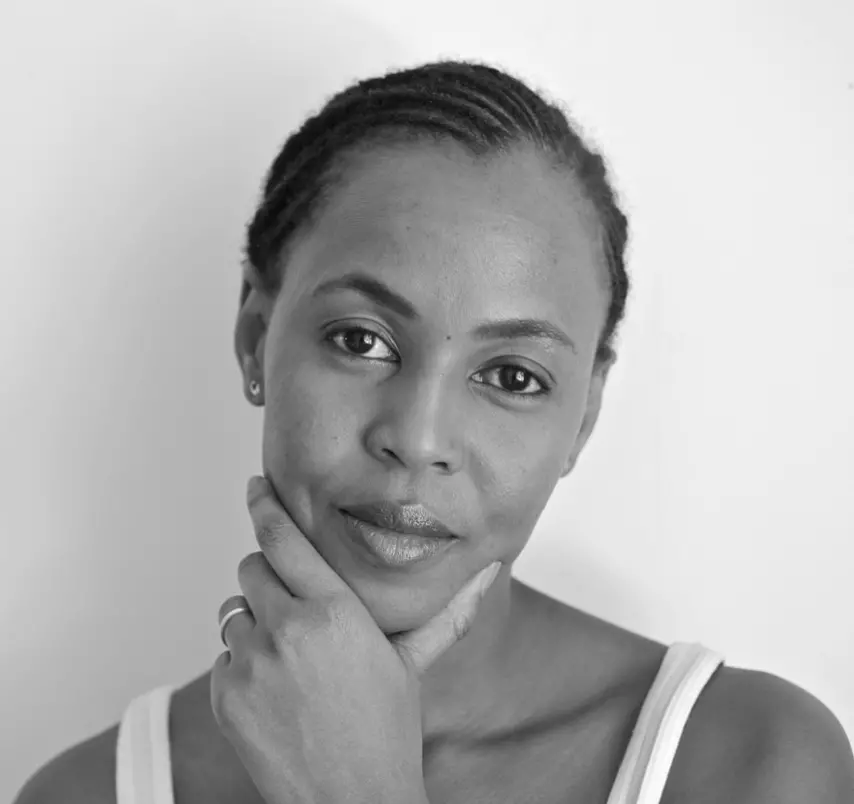
Wangechi Mutu is a Kenyan-born American visual artist, known primarily for her painting, sculpture, film, and performance work.
Born in Kenya, she has lived and established her career in New York City for more than twenty years. Mutu's work has directed the female body as subject through collage painting, immersive installation, and live and video performance all the while exploring questions of self-image, gender constructs, cultural trauma, and environmental destruction, as well as notions of beauty and power.

Sam Gilliam was an American color field painter and lyrical abstractionist artist. Gilliam was associated with the Washington Color School, a group of Washington, D.C.-area artists that developed a form of abstract art from color field painting in the 1950s and 1960s. His works have also been described as belonging to abstract expressionism and lyrical abstraction. He worked on stretched, draped and wrapped canvas, and added sculptural 3D elements. He was recognized as the first artist to introduce the idea of a draped, painted canvas hanging without stretcher bars around 1965.

Lynne Mapp Drexler was an American abstract and representational artist, painter and photographer.
In the late 1950s, she was an abstract expressionist and was "counted among an important group of women artists whose figural and landscape works were often overlooked during the heyday of post-abstract expressionist modernism — artists such as Jane Freilicher, Lois Dodd, and Jane Wilson."
She would often go to opera and symphony performances with a sketchpad and colored crayons in hand to make sketches inspired by the music.

Lynne Mapp Drexler was an American abstract and representational artist, painter and photographer.
In the late 1950s, she was an abstract expressionist and was "counted among an important group of women artists whose figural and landscape works were often overlooked during the heyday of post-abstract expressionist modernism — artists such as Jane Freilicher, Lois Dodd, and Jane Wilson."
She would often go to opera and symphony performances with a sketchpad and colored crayons in hand to make sketches inspired by the music.

Lynne Mapp Drexler was an American abstract and representational artist, painter and photographer.
In the late 1950s, she was an abstract expressionist and was "counted among an important group of women artists whose figural and landscape works were often overlooked during the heyday of post-abstract expressionist modernism — artists such as Jane Freilicher, Lois Dodd, and Jane Wilson."
She would often go to opera and symphony performances with a sketchpad and colored crayons in hand to make sketches inspired by the music.
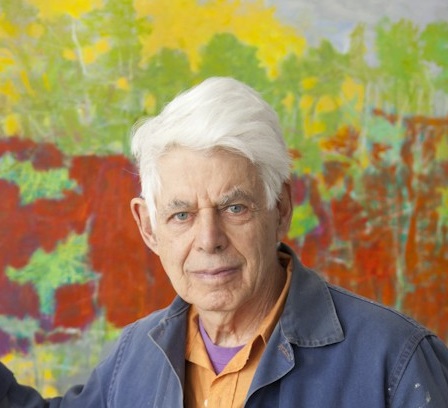
Wolf Kahn was a German-born American artist who painted mostly landscapes. Kahn worked in oil and pastel, and his style has been described as a combination of picturesque landscapes and painterly abstraction.
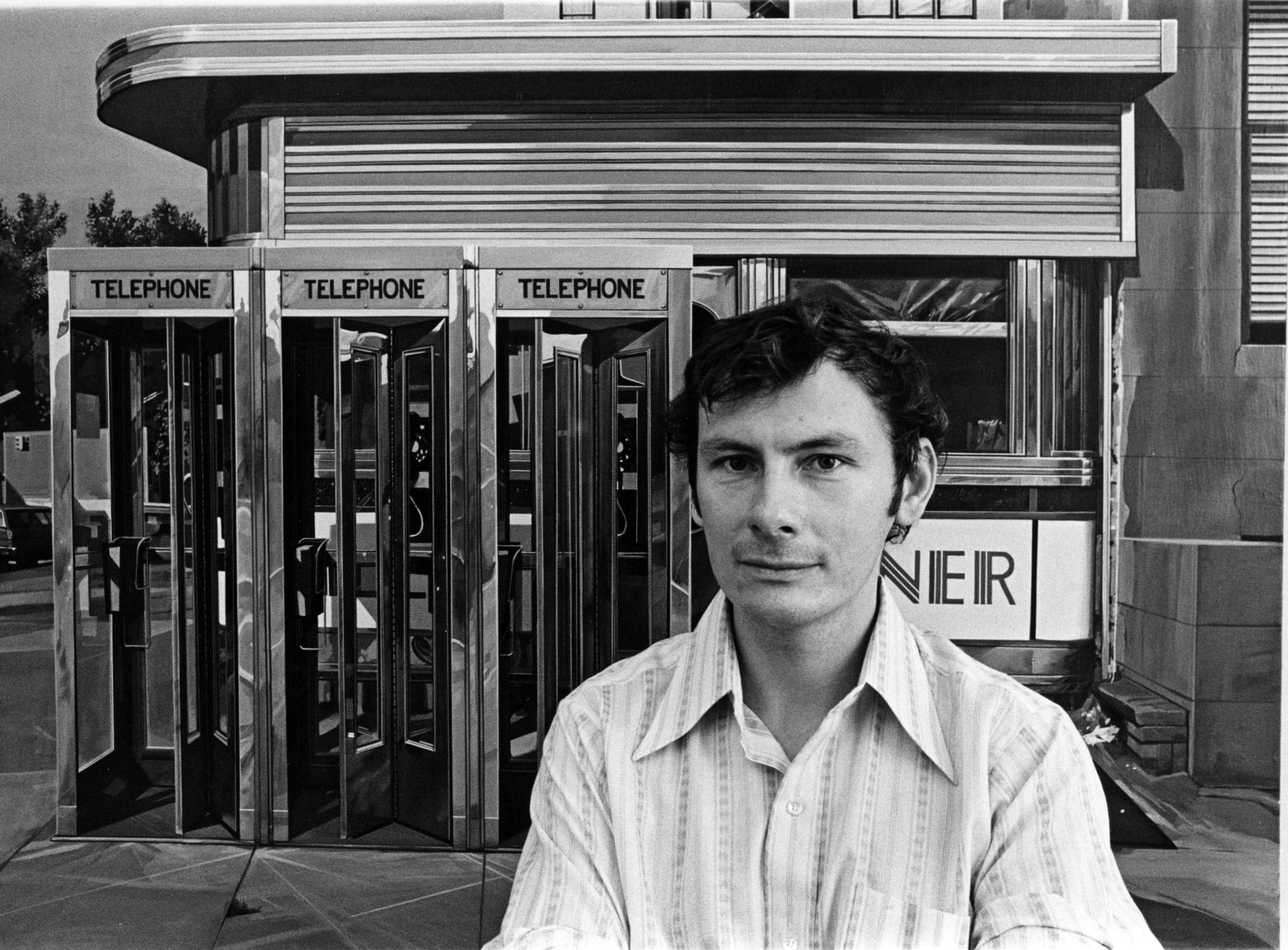
Richard Estes is an American artist, best known for his photorealist paintings. The paintings generally consist of reflective, clean, and inanimate city and geometric landscapes. He is regarded as one of the founders of the international photo-realist movement of the late 1960s, with such painters as John Baeder, Chuck Close, Robert Cottingham, Audrey Flack, Ralph Goings, and Duane Hanson.
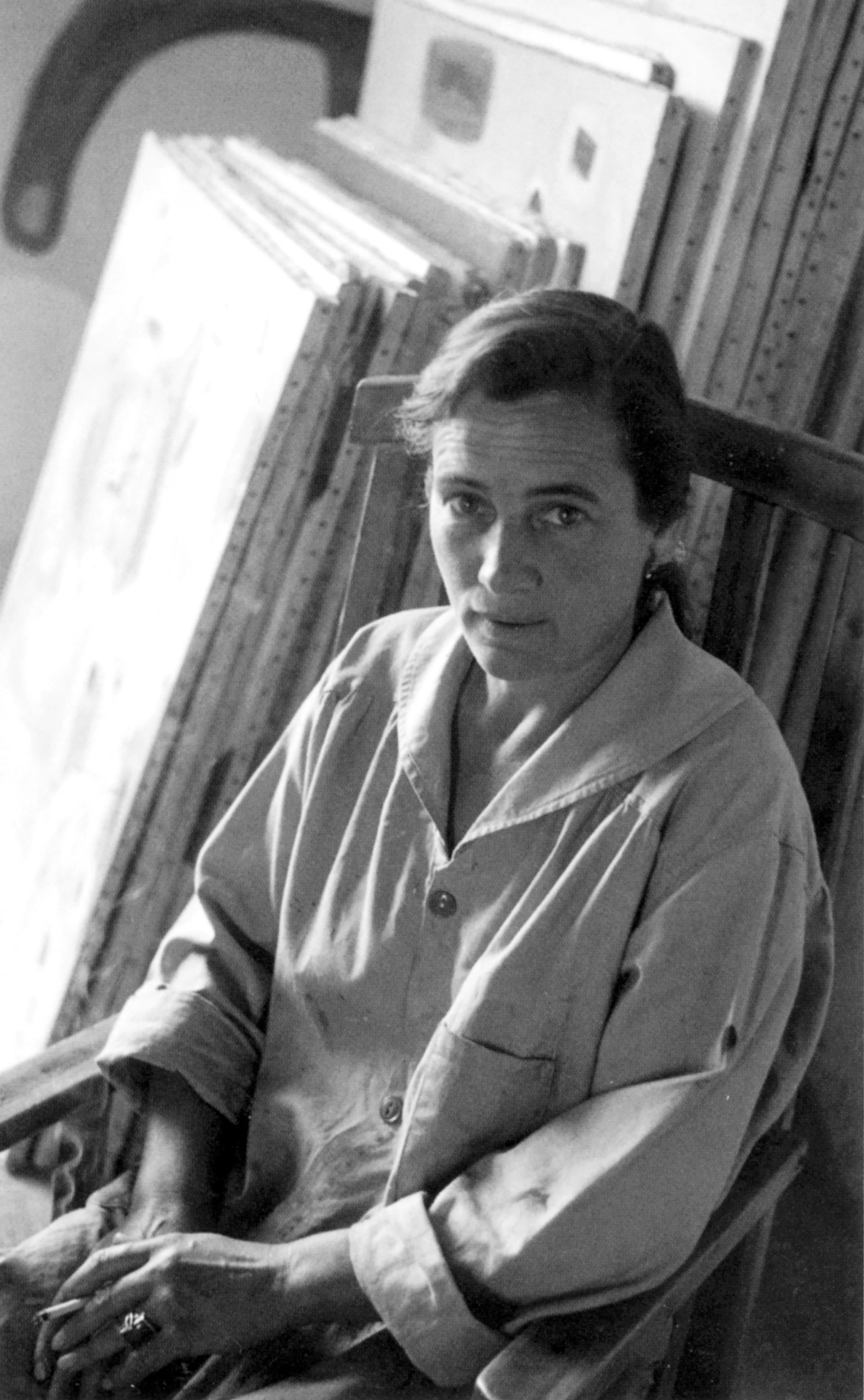
Agnes Martin was an American abstract painter. Her work has been defined as an "essay in discretion on inward-ness and silence". Although she is often considered or referred to as a minimalist, Martin considered herself an abstract expressionist and was one of the leading practitioners of Abstract Expressionism in the 20th century. She was awarded a National Medal of Arts from the National Endowment for the Arts in 1998. She was elected to the Royal Canadian Academy of Arts in 2004.
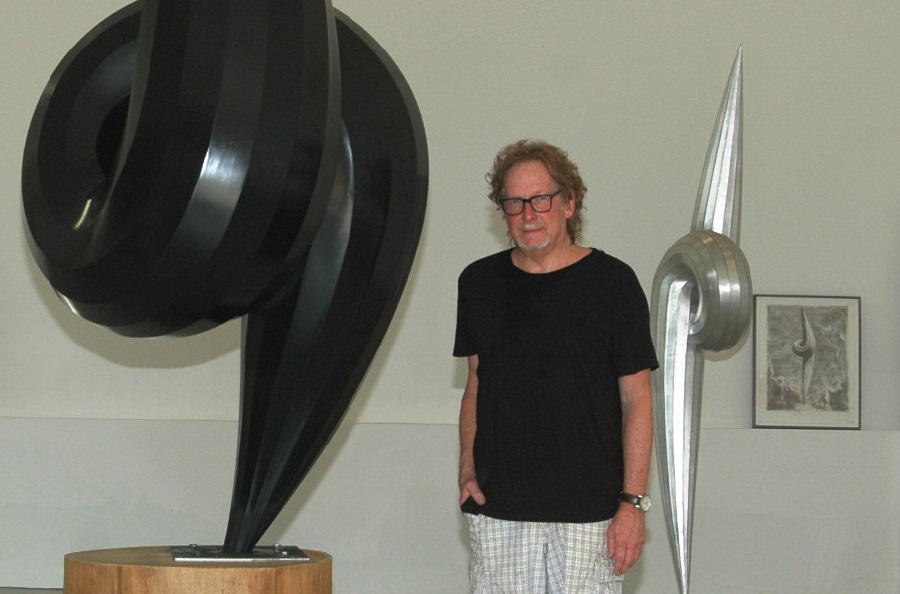
Bryan Hunt is an American sculptor. He worked at the Kennedy Space Center as an engineer's aide and draftsman, 1967–1968, during the NASA Apollo Program. In 1968, he moved to Los Angeles to enroll in the Otis Art Institute, where he received a BFA in 1971.
